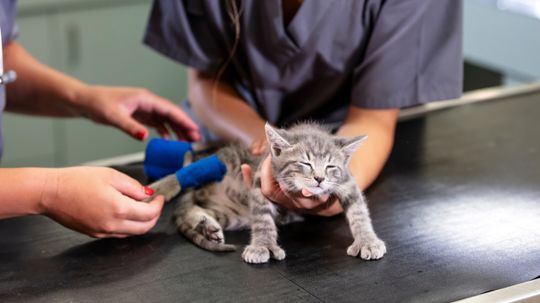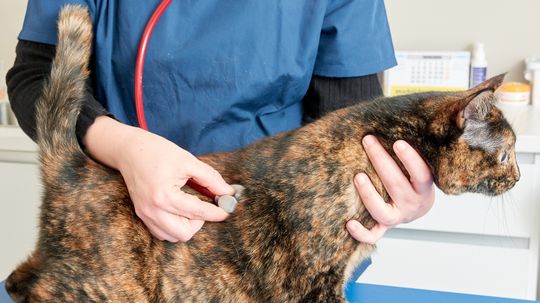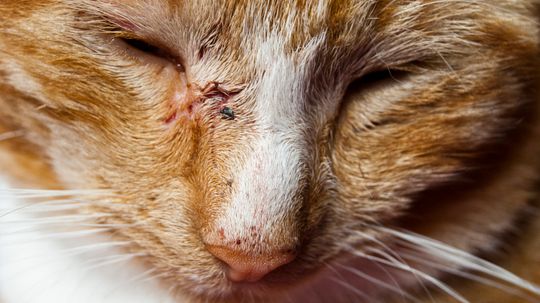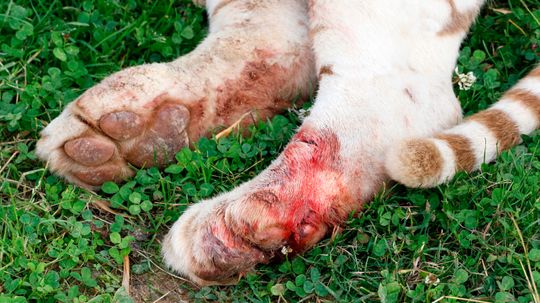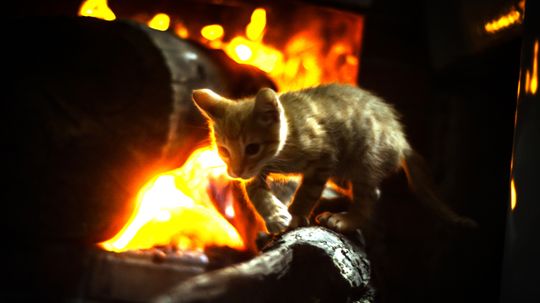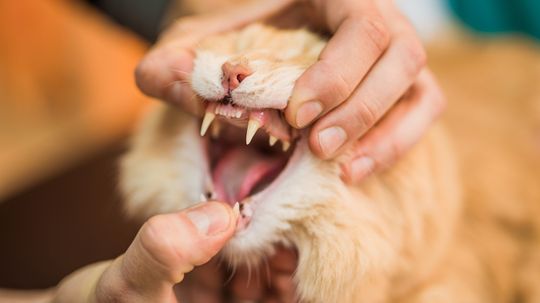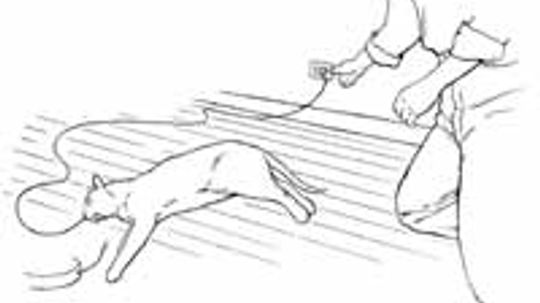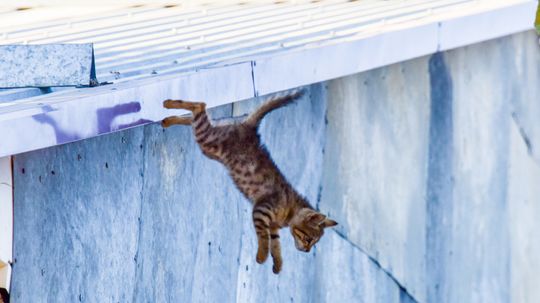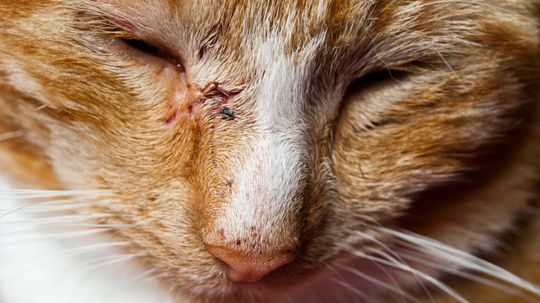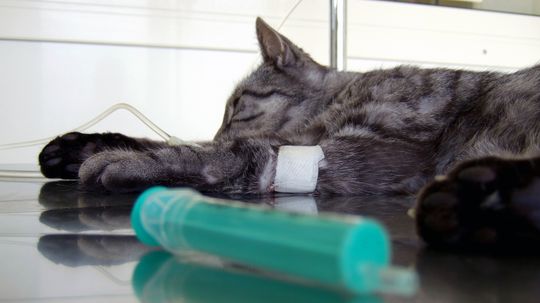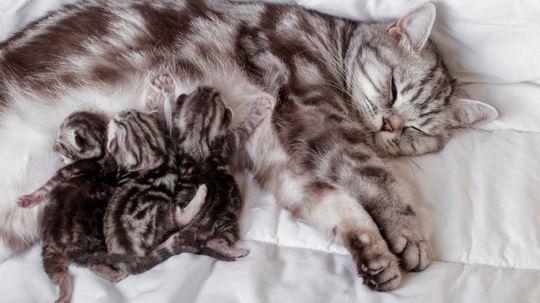Cats
Cats can make great pets and companions. Learn how to take care of cats, from everyday basic tips to cat behavior issues to cat injury treatments.

How to Save a Choking Cat
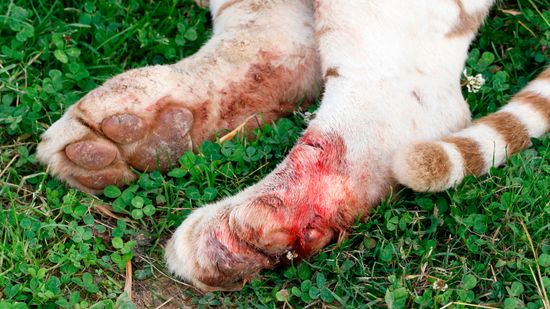
How to Treat a Bleeding Cat
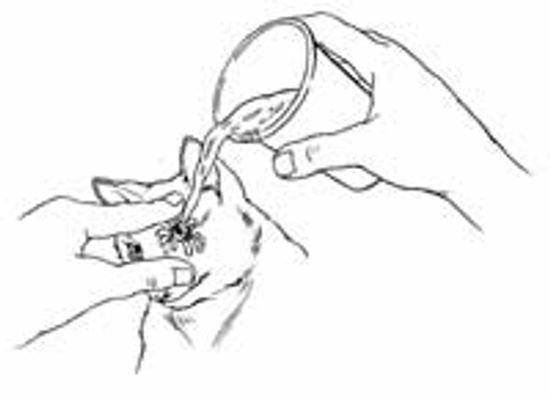
How to Treat a Cat That Has Been Sprayed by a Skunk

How to Administer Oral Medication to a Cat
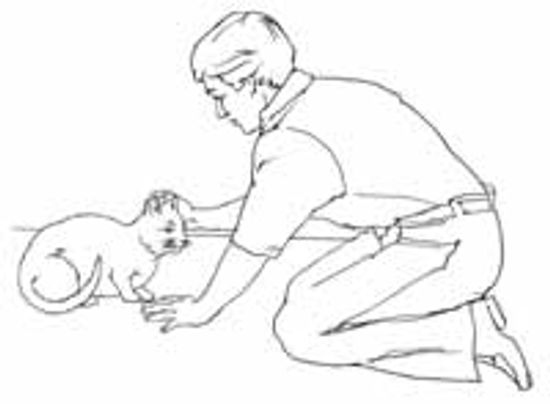
How to Approach an Injured Cat
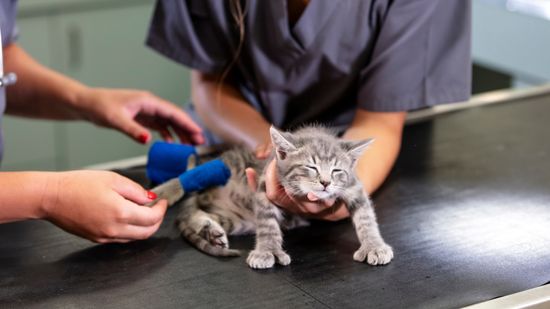
How to Restrain an Injured Cat
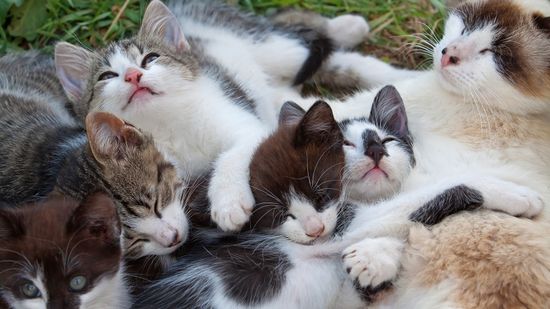
What Is a Group of Cats Called? A Clowder, a Glaring, a Kindle?

6 Facts About Ginger Cats (Plus 2 Bonus Tidbits)
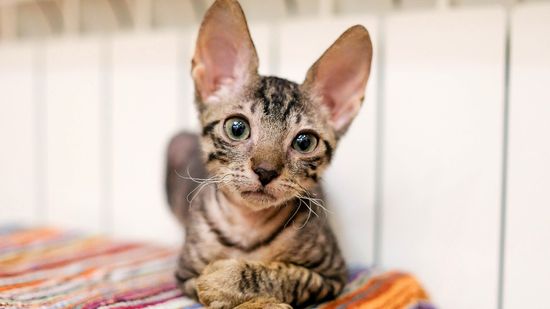
8 Ugliest Cats We Still Love Exactly as They Are

Are Christmas Trees Toxic to Cats? What About Tree Water?

Why Do Cats Put Their Butt in Your Face?

Why Does My Cat Bite Me When I Pet Her?
Learn More / Page 8
One of the main reasons cats get given up for adoption is for continually relieving outside the litter box. But they may be avoiding it for good reason - and there are some simple ways to reverse the problem.
Think you can't train a cat? Think again. Cats of any age can learn to do tricks, and the training will strengthen your bond with your feline friend.
Cats are often frightened when they are injured. Therefore, approaching your cat carefully is the key, even if the animal is normally docile. Learn how to approach an injured cat.
Advertisement
Restraining an injured cat is a great technique to learn to help your pet. How you approach the cat depends on whether he or she is cooperative or uncooperative. Learn to restrain an injured cat.
Cat care includes tending to your pet when it is injured. The cat can be transported held in your arms or placed in a box or on a stretcher. Learn to transport an injured cat.
Dealing with a cat with an abscess can be difficult since it's not always clear what's wrong. Symptoms to watch for include a foul-smelling discharge and lethargy. Learn how to initially treat a cat with an abscess.
Administering oral medication is important when tending to your sick cat. Cats don't like taking medicines any more than children do. Learn how to administer oral medications to your cat.
Advertisement
When cats interact with other animals, sometimes they are bitten. If your cat suffers an animal bite, tend to the wound right away for proper cat care. Learn to treat your cat's animal bite.
When your cat is bleeding, there are steps to take to provide excellent cat care. How you care for the bleeding depends on its location. Learn about how to stop your cat from bleeding.
In cat care, you never know when you might have to deal with a broken leg. Broken cat legs are tricky to diagnose. Learn how to identify and treat a cat with a broken leg.
Cats can be curious creatures, so knowing how to treat burns is an important part of cat care. It's important to know the warning signs. Learn how to treat a cat that is burned.
Advertisement
Choking is life threatening for your cat. The harder the cat tries to breathe, the more panicky he or she can become. Learn the warning signs and how to save a choking cat.
Knowing how to help a cat who is experiencing a convulsion or seizure is an important part of cat care. The cat needs your protection from self-injury. Learn how to treat a cat's convulsions/seizures.
Cat care involves occasional unpleasant issues such as diarrhea. Diarrhea occurs when food is passed rapidly through the intestine. Knowing what to do can help the cat recover. Learn to treat a cat with diarrhea.
Grown cats are seldom victims of electrical shock, but kittens are naturally curious and will chew almost anything, including electric cords. Learn how to treat a cat suffering from electrical shock.
Advertisement
Cats often fall down and normally land on their paws. However, sometimes more serious injuries do occur, and one possibility is a broken back. Learn to treat a cat that has a broken back.
Cats are naturally curious and get into many places in the household. This means their chances of receiving a scratched eye or eye irritation are high. Learn to treat a cat with a scratched eye.
Cats love to perch on windowsills. Unfortunately, cats sometimes fall down. An important part of cat care is knowing how to treat a cat in this situation. Learn to treat a cat that has fallen.
Cats like the taste of fish, so they seem like a logical pair. But cats and fishhooks are a dangerous combination. Learn what to do when a fishhook is embedded in your cat.
Advertisement
When a cat is exposed to freezing temperatures for a long period of time, there is always the possibility of frostbite. Learn how to help a cat exposed to this serious condition.
Cats love to frolic outdoors, but sometimes nature can take its toll in the form of an insect sting. Learn more about what to do when a cat has been stung by an insect.
Cats are curious creatures, which can lead to accidental poisonings. It is your responsibility as a pet owner to keep all potentially toxic products out of reach. Learn to treat a poisoned cat.
Smoke and carbon monoxide inhalation are life-threatening situations for cats. It's important to know what to do if your cat is conscious or unconscious after both inhalation emergencies. Learn how to help your cat.
Advertisement
Cats need to be careful of contact with toads. The poison in a toad's saliva causes severe symptoms within minutes. Learn what to do when a cat is suffering from toad poisoning.
Most cats don't want onlookers during birth, but sometimes they need help. Some birthing problems include a kitten stuck in the birth canal or the mother not cleaning the cat after birth. Learn more.



